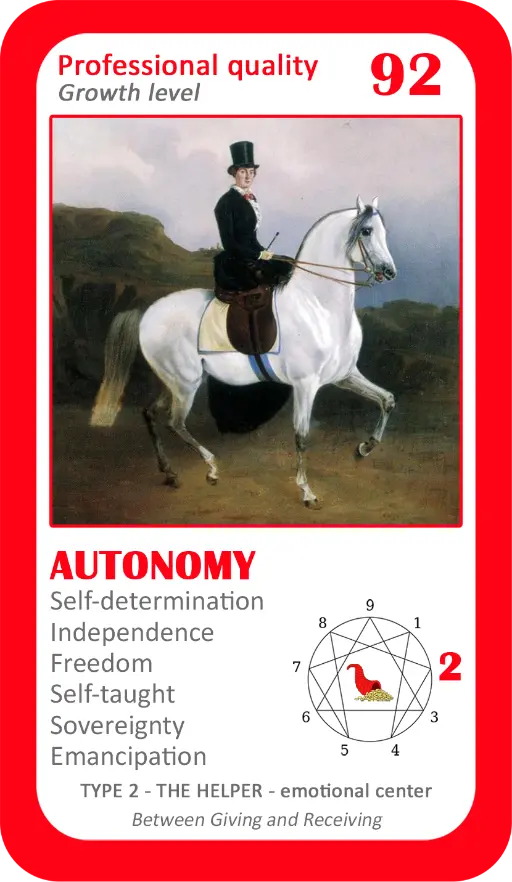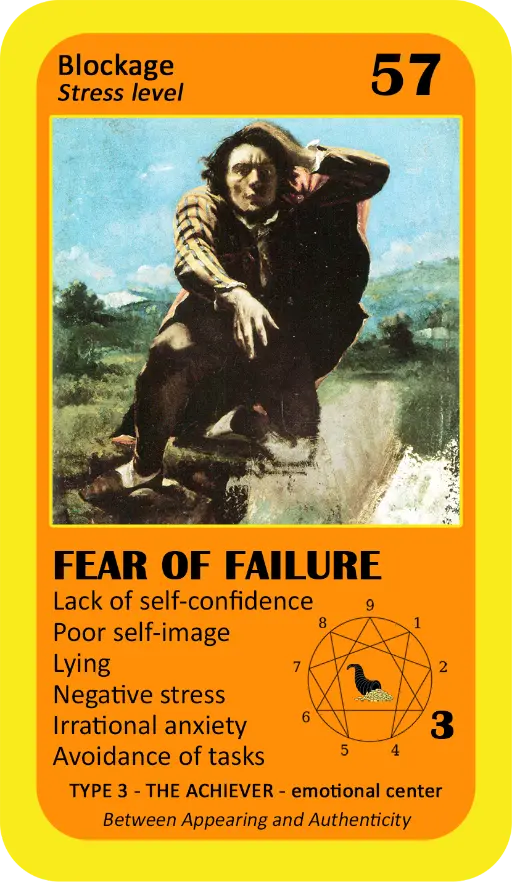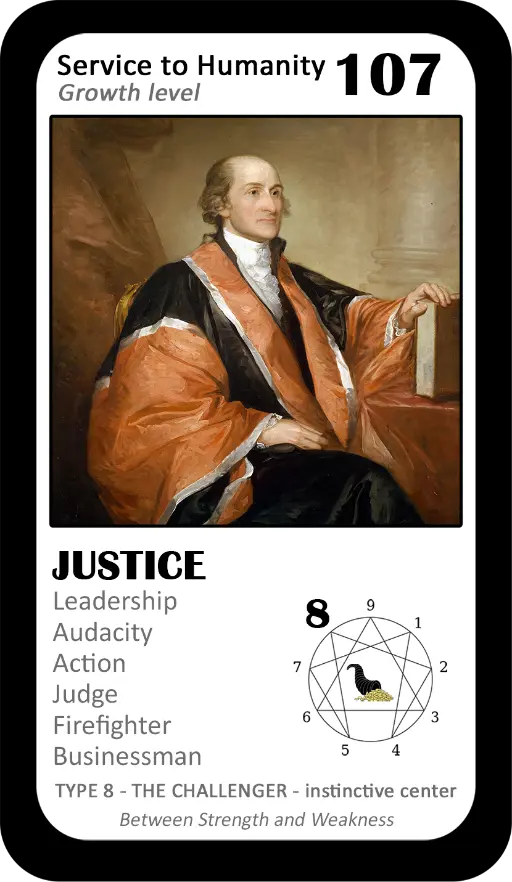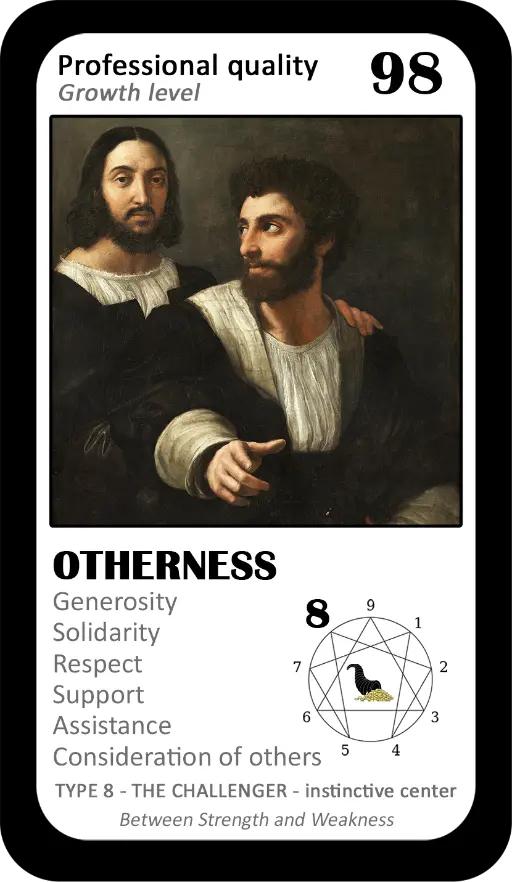The Enneagram is a powerful personality model that identifies nine core types, each with its unique motivations, strengths, and weaknesses. Widely used for personal development, it also serves as an effective tool for enhancing leadership skills. Understanding your Enneagram personality type allows you to align with your natural behaviors as a leader, while also maximizing your potential to inspire and guide your team. In this article, we’ll explore how each Enneagram type can improve their leadership by leveraging their strengths while addressing areas for growth.
Introduction
Leadership is not a one-size-fits-all concept; it takes various forms depending on individual personalities. The Enneagram helps you identify your behavioral patterns and offers tailored strategies to enhance your leadership style. Whether you're a natural-born leader or looking to improve your abilities, understanding your core motivations and those of your team members can lead to more effective and harmonious leadership. In this article, we’ll explore how each of the nine personality types can not only excel in leadership but also inspire and motivate their teams.
Type 1: The Perfectionist

Strengths: As a leader, Type 1 values integrity, high standards, and discipline. They set clear expectations and strive for excellence, making them a model for their team.

Challenges: The drive for perfection can lead to being overly critical of oneself and others. Type 1 leaders must learn to accept that not everything will be perfect and trust their team by delegating tasks.

Leadership Strategy: Cultivate flexibility. Encourage your team to aim for excellence but without the constant pressure of perfection. By focusing on human imperfection as a path to growth, you foster a culture of continuous improvement.
Type 2: The Helper

Strengths: Naturally empathetic, Type 2 leaders excel in understanding their team's needs and offering support. Their leadership style builds strong relationships and fosters a harmonious work environment.

Challenges: The Helper can sometimes neglect their own needs while focusing too much on others, risking burnout. Learning to set boundaries is essential.

Leadership Strategy: Balance selflessness with self-care. Help your team without losing sight of your well-being. Your natural empathy can motivate your team, but ensure you establish limits to avoid exhaustion.
Type 3: The Achiever

Strengths: Ambitious and goal-oriented, Type 3 leaders thrive on results. They inspire their teams by setting high aspirations and achieving them, pushing everyone toward success.

Challenges: Too much focus on external validation can compromise authenticity. Type 3 leaders need to learn to balance performance with genuine connection.

Leadership Strategy: Lead with authenticity. While you excel at achieving goals, show your team your human side by sharing both successes and failures. This openness fosters trust and loyalty.
Type 4: The Individualist

Strengths: Creative and emotionally expressive, Type 4 leaders bring innovation to the table. They excel in situations that require out-of-the-box thinking and original solutions.

Challenges: Emotional sensitivity can make it difficult for Type 4 leaders to remain objective, and they may feel misunderstood by their team.

Leadership Strategy: Balance emotion and reason. Use your creativity to inspire, but avoid letting emotions cloud your judgment. Maintain a structured environment where your team feels secure and creative.
Type 5: The Observer

Strengths: Type 5 leaders are analytical and strategic, known for their ability to tackle complex problems and deeply understand subjects before making decisions.

Challenges: They can sometimes become too withdrawn or distant from their team, preferring solitude over collaboration.

Leadership Strategy: Share your knowledge. While you may prefer working independently, make a conscious effort to engage your team. Encourage them to share ideas, which will foster a collaborative and innovative environment.
The Wealth Enneagram Oracle
Did you like the cards above? They are part of The Wealth Enneagram Oracle.
Would you like to know more about this Oracle? All the info is there!
Type 6: The Loyalist

Strengths: Loyalist leaders are exceptional at building secure and stable environments for their teams. They excel at identifying risks and preparing for potential problems.

Challenges: A strong desire for security can lead to indecisiveness or a reluctance to take risks. Type 6 leaders need to cultivate confidence in their ability to manage uncertainty.

Leadership Strategy: Embrace calculated risks. While your natural talent lies in risk mitigation, learning to take bold decisions will enhance your leadership. Trust your abilities, and create a proactive approach to new opportunities.
Type 7: The Enthusiast

Strengths: Enthusiastic and full of energy, Type 7 leaders are great at keeping their teams motivated and engaged. They bring optimism and creativity to their leadership style.

Challenges: Type 7 leaders can struggle with focus, jumping from one idea to the next without completing projects.

Leadership Strategy: Practice discipline. Your team thrives on your excitement, but structure is crucial for long-term success. Commit to finishing tasks before moving on to new ventures.
Type 8: The Challenger

Strengths: Type 8 leaders are assertive, confident, and capable of making tough decisions. They inspire trust through their strength and decisiveness.

Challenges: The desire for control can sometimes make Type 8 leaders domineering or overly aggressive. They need to allow space for others' voices.

Leadership Strategy: Foster collaboration. While your authority is natural, encouraging input from your team will lead to more balanced decision-making. Value their contributions and create an environment of mutual respect.
Type 9: The Peacemaker

Strengths: Peacemaker leaders excel at creating harmonious environments. They are skilled at conflict resolution and ensure their teams work together smoothly.

Challenges: An aversion to conflict can sometimes prevent Type 9 leaders from addressing issues head-on, leading to stagnation.

Leadership Strategy: Confront challenges. While you naturally avoid tension, learning to address problems directly will strengthen your leadership. Encourage open dialogue within your team while maintaining your peaceful approach.
Conclusion
Developing leadership through the Enneagram revolves around self-awareness and leveraging your natural strengths. By understanding your personality type and working on your specific challenges, you can become not only a more effective leader but also one who inspires and motivates others in a way that resonates with them. No matter your Enneagram type, the potential for exceptional leadership lies within understanding yourself and the needs of those you lead.
-----
This article was written using artificial intelligence and has been verified, checked and edited by Elena. Did it help you better understand the Enneagram? Please share your thoughts or ask questions in the comments. If you would like to learn more about the Enneagram, check out Elena’s self-publishedEnneagram Oracles, or download Elena’sfree e-book “Introduction to the Enneagram.”











Develop Your Leadership Using the Enneagram: Leverage Your Personality Type to Inspire and Guide Others